Your Winter Coat Is Probably Filthy. Here’s How to Wash It Without Destroying It.
I once saw a grown man on the verge of tears over a winter coat. He’d brought in a high-end down parka that now looked like a lumpy, scorched quilt. Turns out, he’d washed it with regular laundry soap and blasted it in the dryer on high heat. That was a thousand-dollar mistake, and the coat was a total loss.
In this article
It was a tough lesson, but one you can learn for free right now. A good winter coat is an investment, your personal shield against the elements. But over time, sweat, body oils, and city grime clog it up, breaking down the materials and making it less effective. Cleaning your coat isn’t just about looks; it’s about making sure it actually works.
The care tag is a good start, but let’s be honest, it doesn’t tell you the whole story. That’s where I come in. We’re going to walk through the pro-level methods, adapted for your home, so you can get it right the first time.

In a Rush? The Bottom Line Up Front
I get it, you might just need the basics. Here’s the cheat sheet before we dive into the details:
- For Puffy Down & Synthetic Jackets: Always use a front-loading washer on a gentle, cold cycle. You MUST use a special detergent—a “down wash” or “tech wash.” Then, tumble dry on the absolute lowest heat setting with a few wool dryer balls. This part takes hours, so be patient.
- For Waterproof Rain Shells: Same as above. Gentle machine wash with a “tech wash” to clear out the pores of the fabric. A 20-minute tumble dry on low heat afterward actually helps reactivate the waterproof coating.
- For Wool Overcoats & Blends: This is dry-cleaner territory, especially if it’s a structured, tailored coat. If you must DIY a simpler wool coat, you have to hand wash it in a tub with cool water and a specific wool soap. Never, ever put it in a washing machine or dryer.
- For Faux Fur: Treat it like a delicate treasure. Gentle hand wash, cool water, and lay it completely flat to dry, far away from any heat source. A dryer will turn it into a melted, matted nightmare.
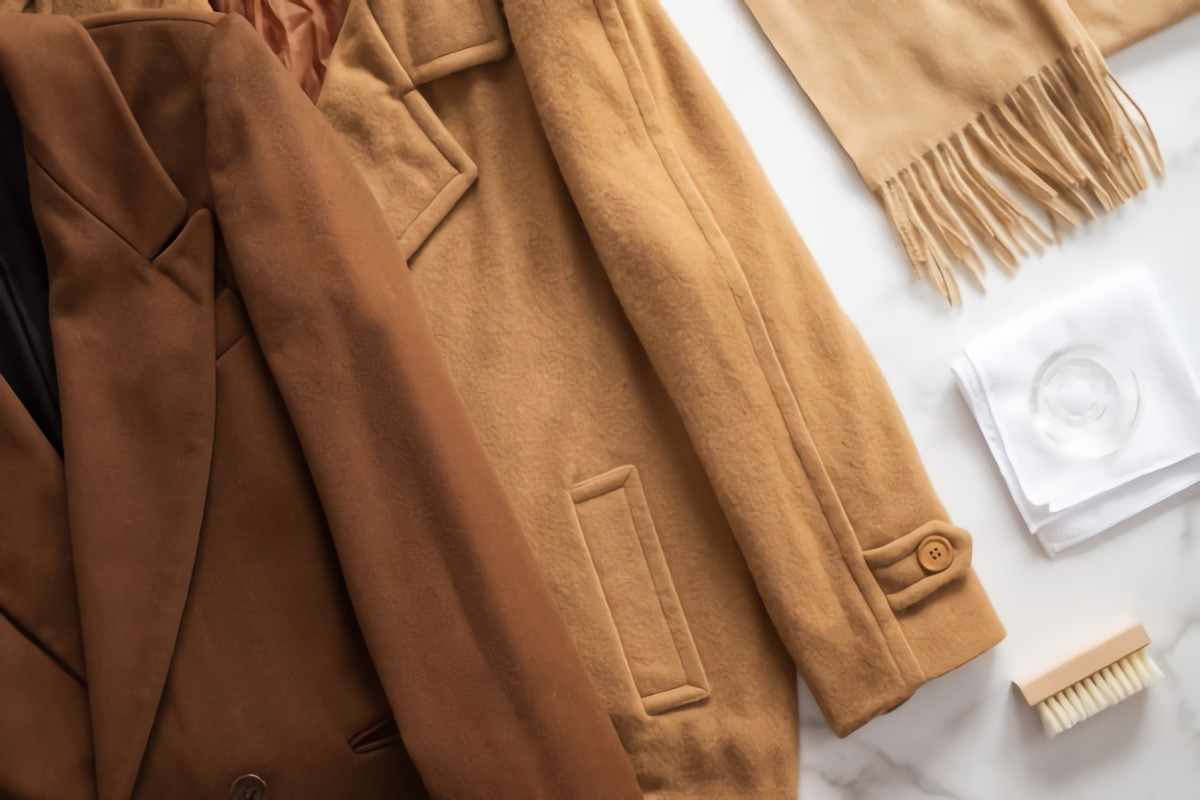
What You’ll Actually Need (Your Shopping List)
You can’t just use your regular laundry detergent. It’s too harsh and will strip the life out of your gear. Here’s what to get:
- For Down or Synthetic Coats: You’ll need a specialized cleaner. Look for brands like Nikwax or Grangers. You’ll see “Down Wash Direct” for puffy coats and “Tech Wash” for waterproof shells. A bottle will run you about $12-$18 at an outdoor store like REI or online, and it’s good for several washes.
- For Wool or Faux Fur: Grab a gentle, pH-neutral soap designed for delicates. Woolite is a classic, but something like Eucalan is even better because it’s no-rinse.
- Helpful Extras: A set of wool or rubber dryer balls is a game-changer for down jackets. They cost about $10-$15 and are way better than tennis balls (which can shed and smell). Also, an old toothbrush for spot treating is perfect.

Step 1: The Pre-Wash Prep That Saves Your Coat
What you do before the wash is just as important as the wash itself. Don’t skip this.
First, empty every single pocket. I’m serious. Check them all. A forgotten lip balm can melt and stain, and a paper tissue will disintegrate into a million tiny flecks that are almost impossible to get off fleece lining. Then, zip up all the zippers, fasten all the Velcro tabs, and snap all the buttons. Loose zippers can snag fabric, and open Velcro acts like a little cheese grater, pilling everything it touches.
Next, let’s talk spot treatment. Let mud and dirt dry completely, then just flick it off with a soft brush. For oily stains around the collar and cuffs (from body oils), dab a tiny bit of your specialty tech wash directly on the spot and gently work it in. Got a makeup stain on the collar? A little micellar water on a cotton pad usually does the trick. For a coffee spill, a dab of equal parts white vinegar and water can work wonders, but always test it on an inside hem first to be safe.
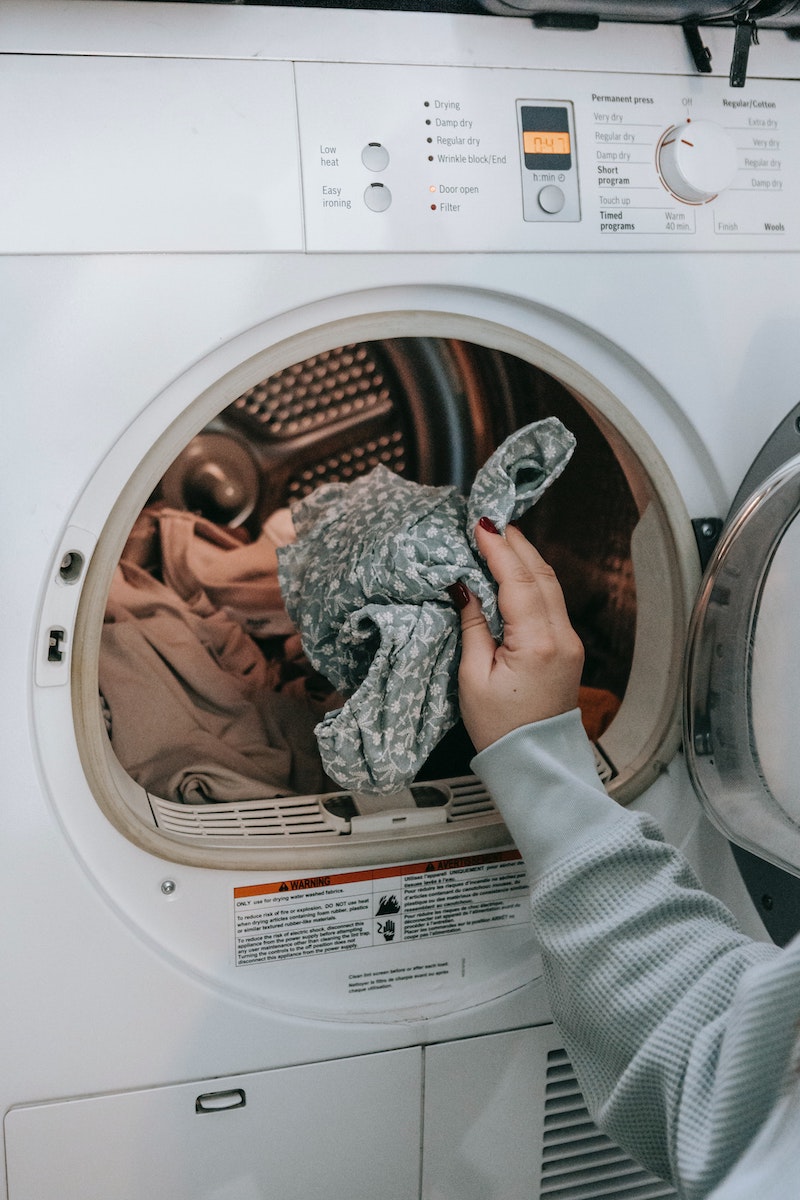
Step 2: The Main Event – Washing Methods
Machine Washing (For Down, Synthetics, & Shells)
A front-loading machine is your best friend here because it tumbles clothes gently. If you only have a top-loader with that big agitator in the middle, it’s risky but possible. Put the coat inside a large mesh laundry bag to protect it from getting twisted and stretched.
Now, here’s a huge tip: Ignore the detergent bottle’s instructions. They always tell you to use too much. For a single coat, one capful of the specialty cleaner is plenty. Using too much is one of the biggest mistakes people make; it leaves a residue that attracts dirt.
Set your machine to the delicates or gentle cycle, using only cold water. Wash the coat by itself so it has plenty of room. And I always, always recommend running an extra rinse cycle at the end to make sure every last bit of soap is gone.
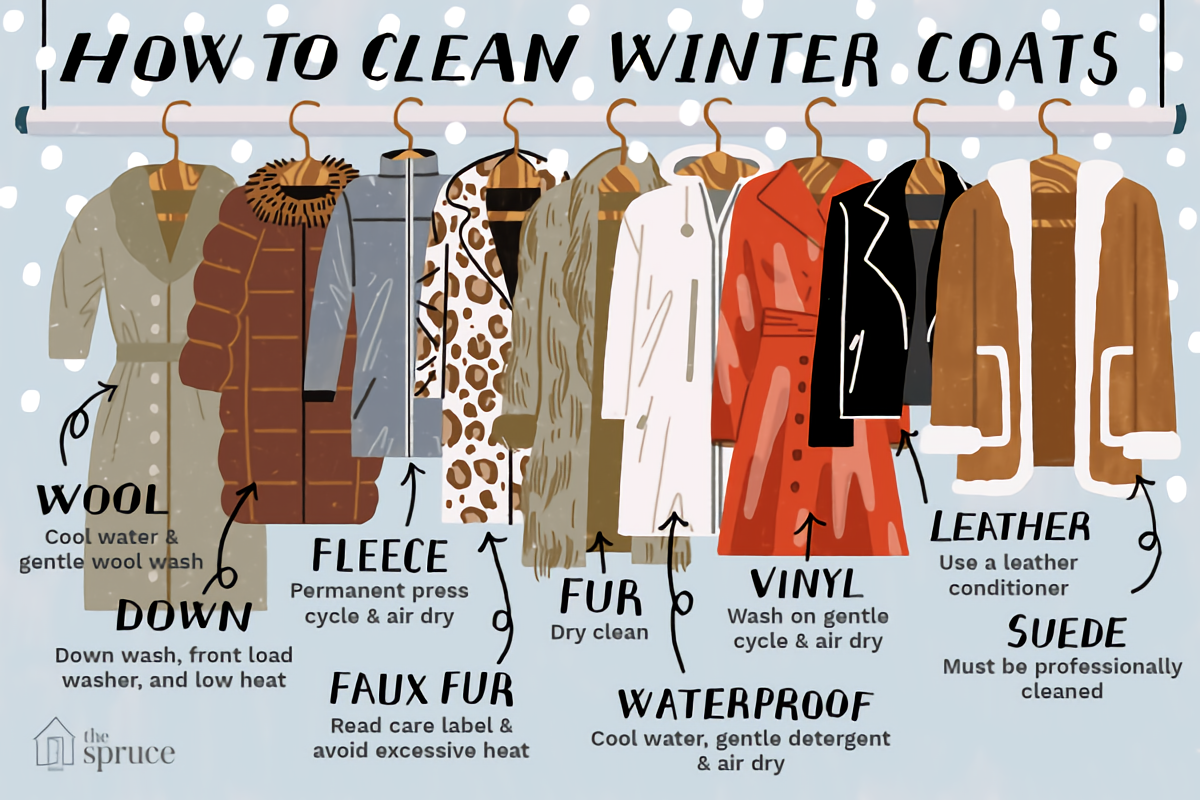
Hand Washing (For Wool, Faux Fur, and Mixed Materials)
A clean bathtub is perfect for this. Fill it with cool water—never hot—and add a small splash of your wool soap. Swirl it around.
Lay the coat in the water and gently press it down until it’s submerged. Just let it soak for about 30 minutes. Don’t scrub or twist it. After soaking, drain the tub and gently squeeze the soapy water out. Refill with clean, cool water to rinse, let it sit for 10 minutes, and repeat until the suds are gone.
Oh, and what about those tricky coats? Say, a wool coat with a faux fur collar? Here’s the rule: you always have to treat the garment based on its most delicate part. So in that case, you’d hand wash the entire coat to protect both the wool and the fur. It’s a pain, but it’s the only safe way.

Step 3: Drying – Where Most People Go Wrong
This is the most critical stage. Seriously.
For down and synthetic puffer jackets, you need a machine dryer. Set it to the lowest possible heat setting—sometimes called ‘air fluff’ or ‘delicates’. High heat will literally melt the fibers. Toss in those dryer balls to break up the clumps of insulation. This process is slow… like, 2 to 4 hours slow. Every 30 minutes or so, pull the jacket out, give it a good shake, and manually break up any wet clumps with your fingers. It’s done when it’s light, fluffy, and has no lumps at all.
For waterproof shells, a 20-minute tumble dry on low heat is perfect. That gentle heat actually helps reactivate the Durable Water Repellent (DWR) coating. You’ll know it worked if you sprinkle some water on the sleeve and it beads up and rolls right off. If the water soaks in and darkens the fabric (that’s called ‘wetting out’), the DWR is gone and needs to be reapplied with a spray-on product.
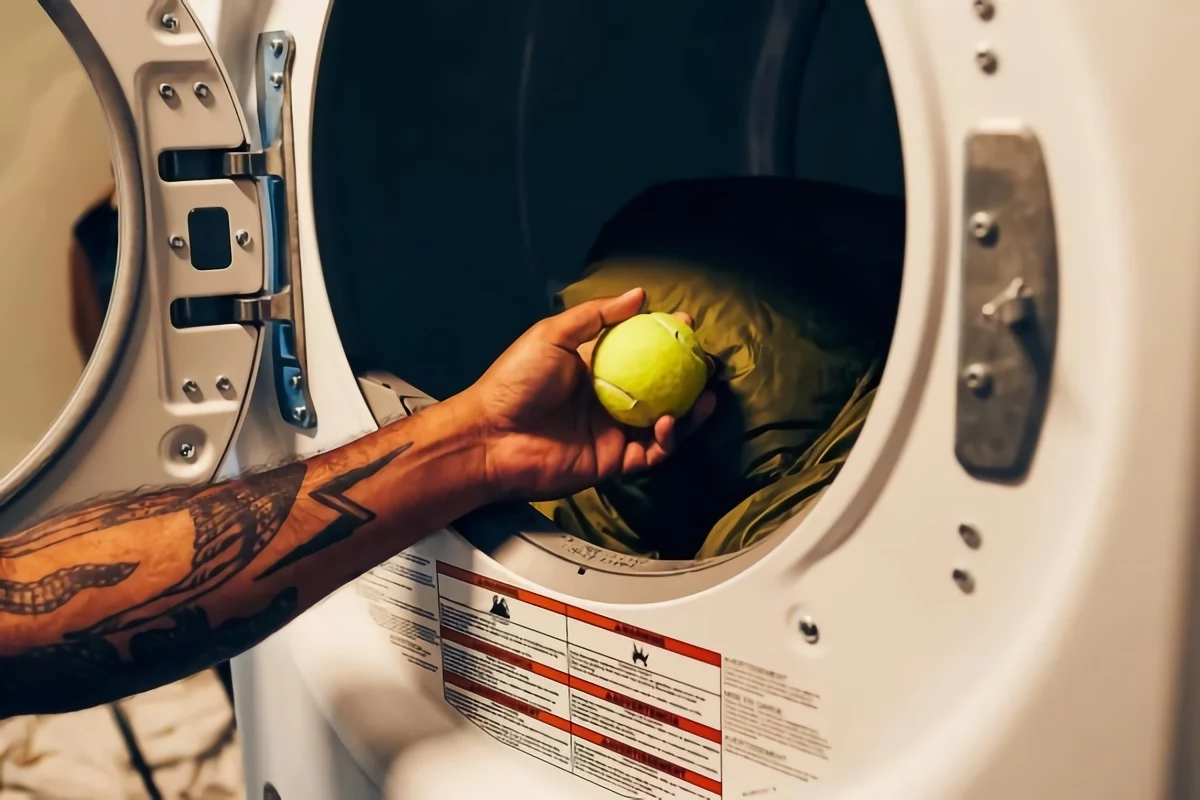
For wool and faux fur, I’ll say it again: NEVER use a dryer. After gently squeezing out the water (you can roll it in a thick towel to absorb more), lay the coat perfectly flat on a mesh drying rack or a fresh set of dry towels. Keep it away from direct sun or heat. Reshape it while it’s damp, and be prepared to wait. This could take 24 to 48 hours. It’s a test of patience, but it’s the only way.
So, How Often Should I Even Bother Doing This?
Good question. You don’t need to wash your coat every week. A good rule of thumb is to give it a thorough cleaning at the end of the season before you store it away. If you wear it daily, live in a grimey city, or get it visibly dirty or sweaty, an extra wash mid-season is a good idea.
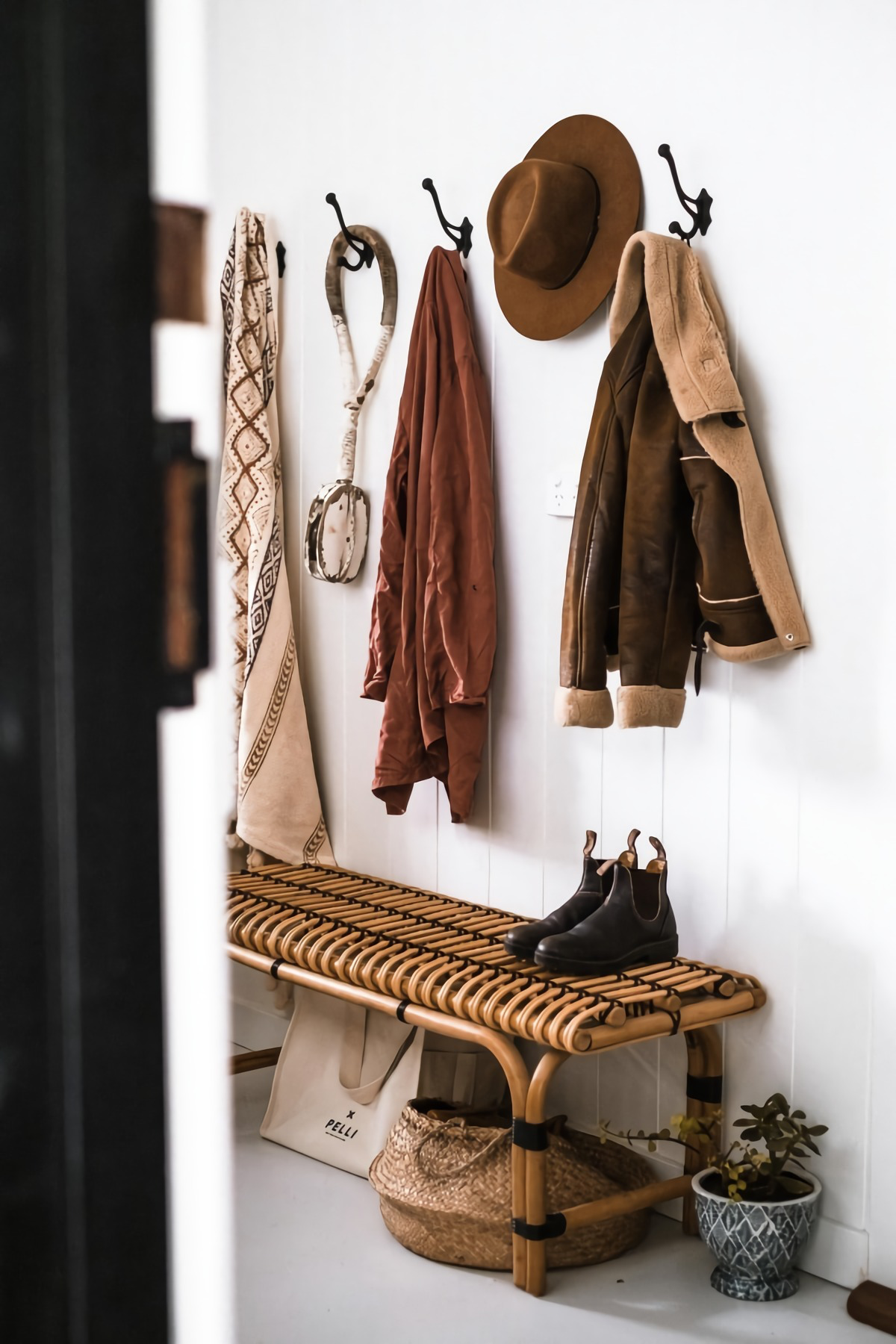
By the way, if you don’t have time for a full wash, here’s a 5-minute refresh: just wipe down the grimy collar and cuffs with a damp cloth and a single drop of tech wash. It can make a huge difference in how the coat looks and feels.
When to Just Pay a Professional
Listen, even as a pro, I know some jobs are best left to other pros. It’s smarter to pay $40-$80 for professional cleaning than to destroy an expensive garment. Always take it to a trusted dry cleaner if you’re dealing with:
- Leather or real suede (water will ruin them).
- Highly structured or tailored wool overcoats with lots of internal padding and lining.
- Anything with delicate beadwork, sequins, or heavy embroidery.
- Vintage pieces, as the old fabrics and dyes can be extremely fragile.
Caring for your gear this way takes a little more effort than just tossing it in the wash, but the payoff is enormous. Your coat will look better, keep you warmer and drier, and last for years to come. You’re officially ready to go beyond the care tag.
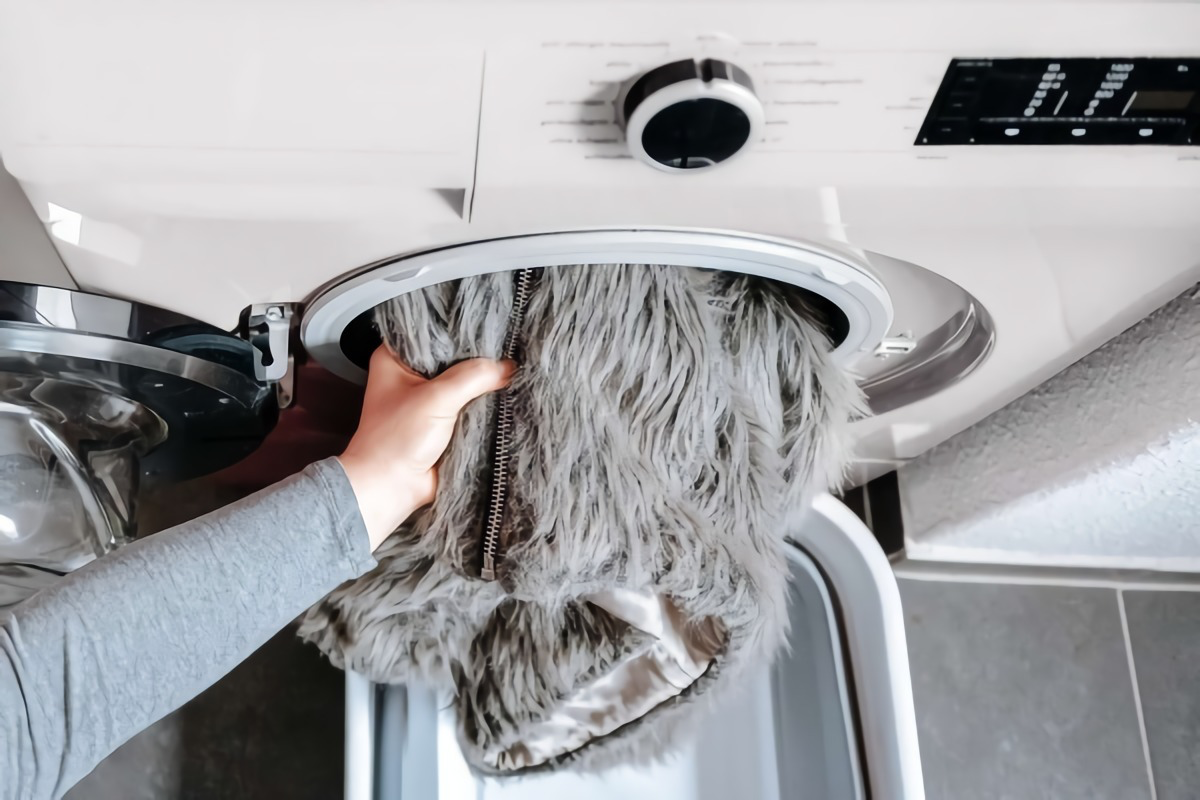
Inspiration:
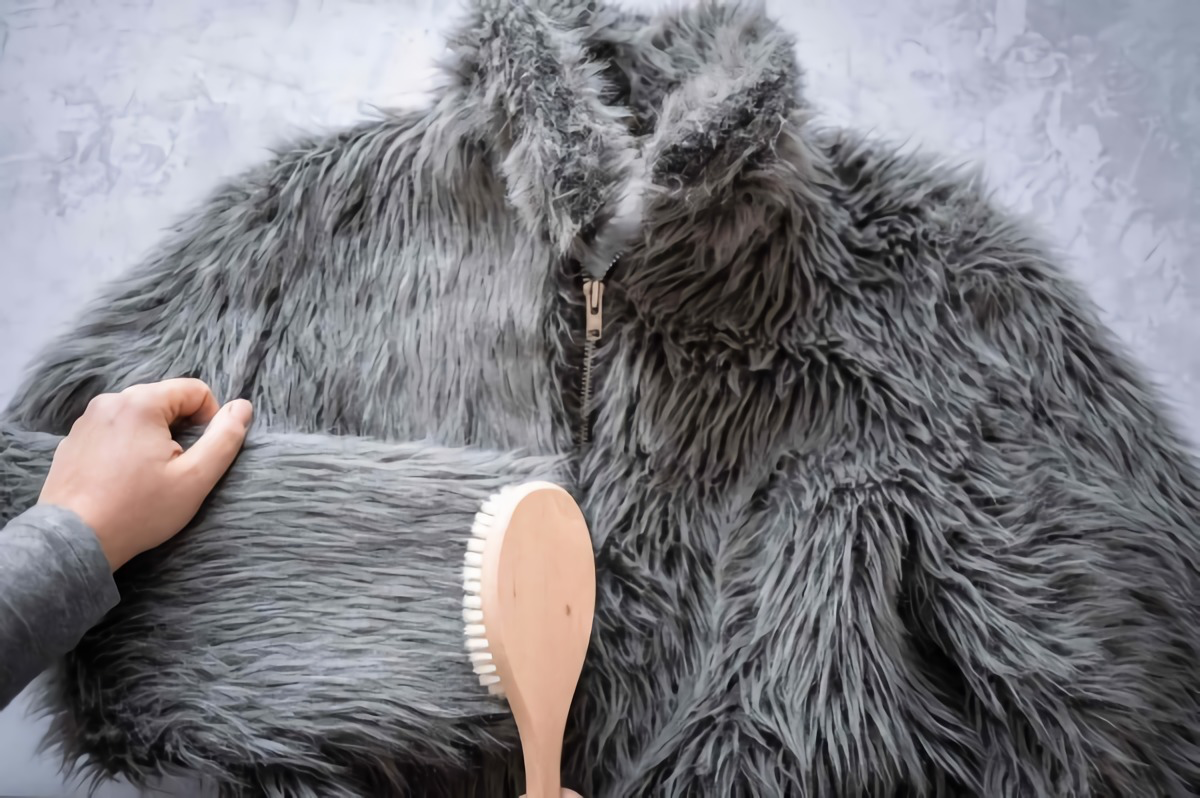
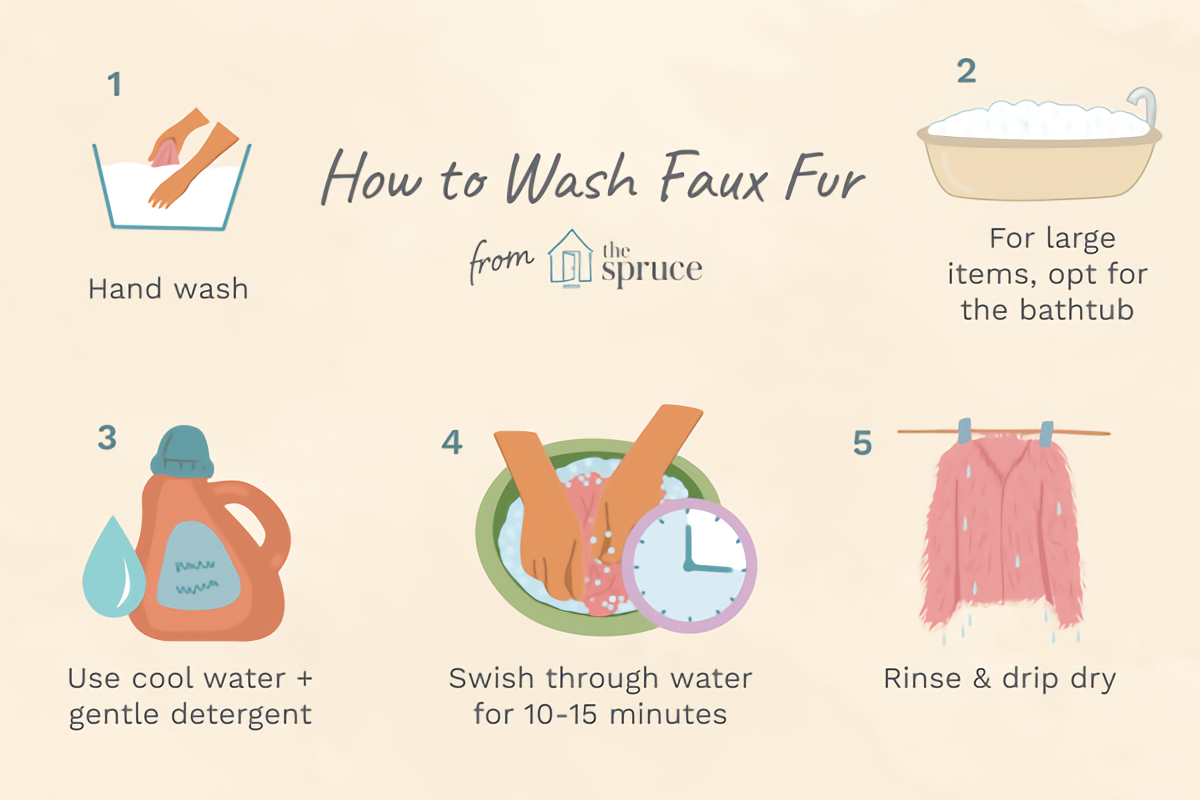
My coat isn’t filthy, but has a few spots. Does it really need a full wash?
Not always! Over-washing can stress the seams and materials. For minor spills or cuff grime, spot cleaning is your best friend. Mix a small amount of a specialized cleaner like Nikwax Tech Wash with water. Apply it with a soft-bristled brush (an old toothbrush works great) in a gentle circular motion. Blot with a damp cloth to rinse. This simple trick can extend the time between full, intensive washes by months, preserving your coat’s lifespan and performance.

A waterproof-breathable jacket loses a significant amount of its breathability when the outer fabric is saturated with water or contaminated with dirt and oils.
What does this mean for you? That clammy, cold feeling you get even when it’s not raining. When the fabric’s pores are clogged, moisture from your body gets trapped inside. Your expensive, high-tech shell essentially turns into a plastic bag. A proper cleaning with a technical wash clears these pores, restoring the ‘breathable’ part of the equation and keeping you dry from the inside out.
Nikwax Down Wash Direct: The go-to for preserving the natural oils in down insulation. It cleans effectively while restoring the loft and water repellency of both regular and hydrophobic down. Ideal for premium down parkas from brands like Arc’teryx or Rab.
Grangers Performance Wash: A powerful, all-around cleaner for synthetic insulation and waterproof shells (like Gore-Tex or eVent). It’s designed to remove all residues without damaging the DWR (Durable Water Repellent) coating. Perfect for your everyday rain jacket or ski shell.










